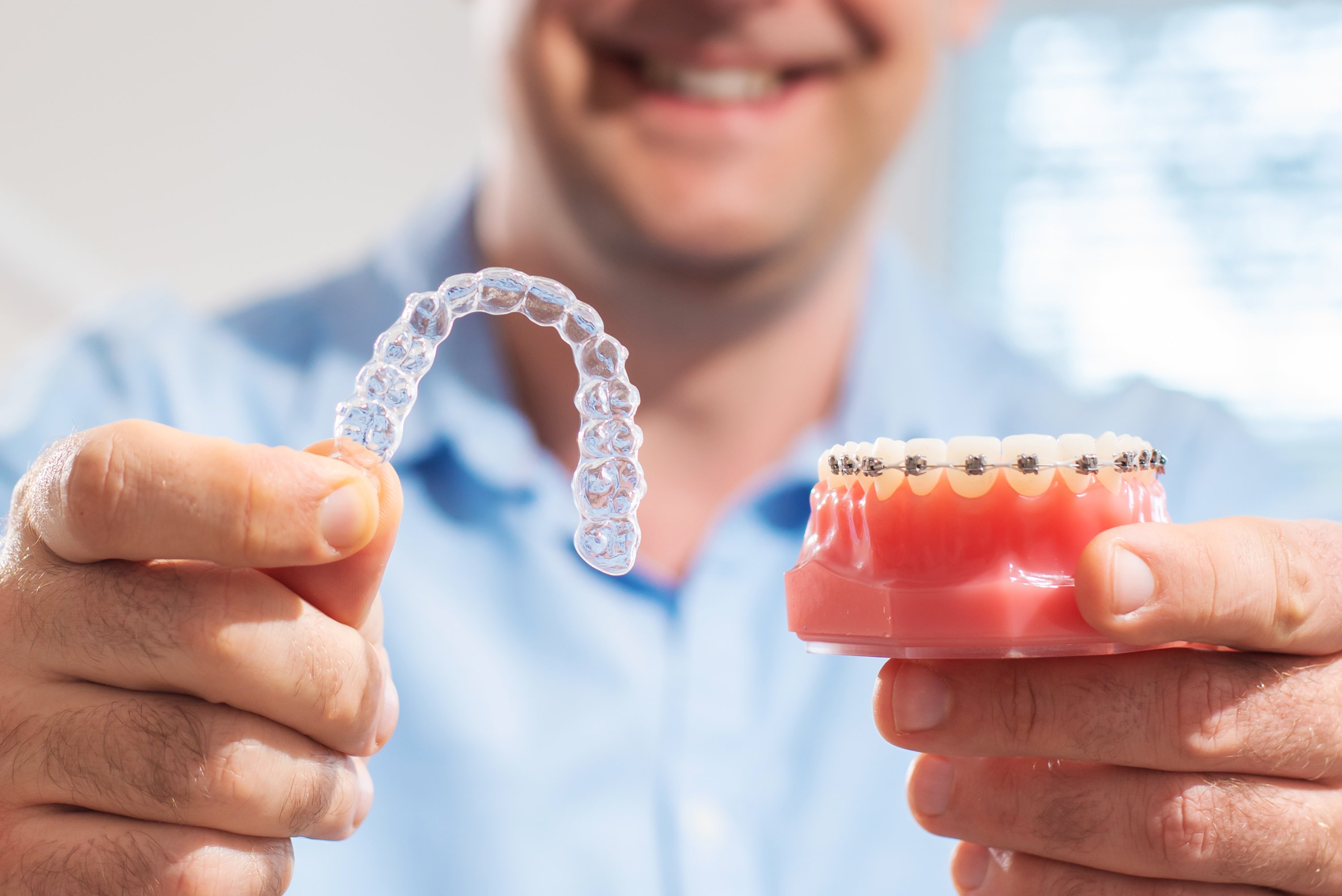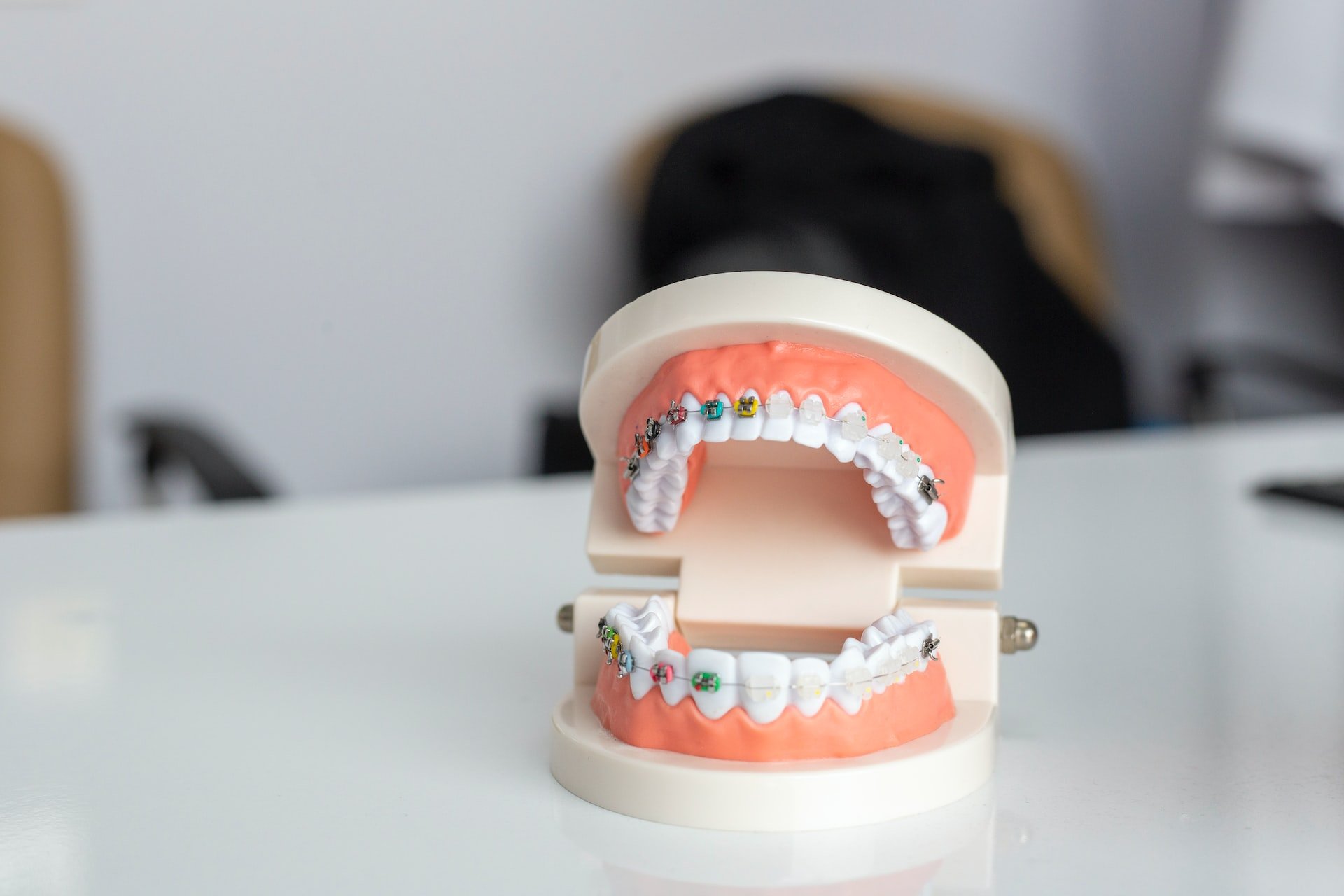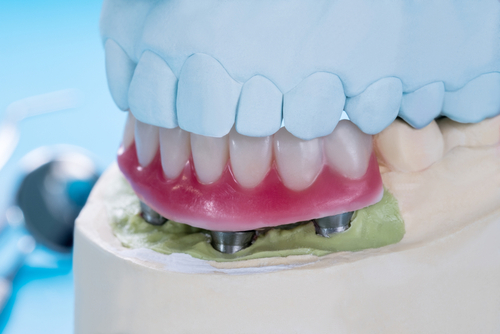Braces are a common orthodontic treatment used to correct dental issues and ensure proper alignment of teeth in children. They play a crucial role in improving oral health and enhancing facial aesthetics. This comprehensive guide explores various braces options available for kids, including traditional metal braces, clear or ceramic braces, and the innovative Invisalign Teen.
When Should Orthodontic Treatment For Kids Start?
According to the Australian Society of Orthodontics, it is recommended to have the first assessment by a registered specialist orthodontist when a child is aged six or seven. This is when the first adult teeth typically appear, and developmental problems may occur. Early treatment can address functional problems that threaten the health of teeth and potentially eliminate or simplify the need for orthodontic treatment in the future.
Types of Braces for Kids
1. Traditional Metal Braces
Traditional metal braces, made of stainless steel, have come a long way in terms of technology and aesthetics. These braces consist of brackets attached to the surface of each tooth, with a wire arch running through the slots of the brackets. By tensioning the wire, the teeth gradually move into their desired positions. They are highly effective and suitable for correcting a wide range of dental issues.
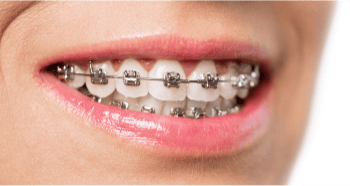
2. Clear or Ceramic Braces
For those seeking a more aesthetically pleasing option, clear or ceramic braces are available. These braces are designed to match the surrounding tooth colour, making them virtually invisible from a short distance. Like traditional metal braces, clear or ceramic braces work by using brackets and a wire arch to guide the teeth into proper alignment. They provide an excellent alternative for those who desire a more discreet treatment option.
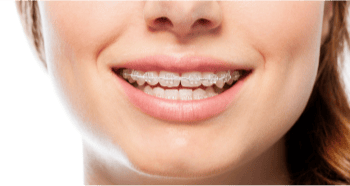
3. Invisalign Teen: The Almost Invisible Alternative
Invisalign Teen offers a revolutionary approach to orthodontic treatment for young people. It utilises custom-made clear aligners that gradually move the teeth into their desired positions. These aligners are changed every two to three weeks, following the treatment plan prescribed by the orthodontist. One of the key advantages of Invisalign Teen is that the aligners are removable, allowing for easy eating, brushing, playing sports, or attending special occasions.

4. Space Maintainers: Preserving Room for Proper Tooth Alignment
When a primary tooth is lost prematurely, adjacent teeth may drift into the space, causing insufficient room for the proper alignment of permanent teeth. In such cases, space maintainers may be necessary to preserve the space and prevent future alignment issues. These devices can be fixed or removable, depending on the individual case, and are recommended by specialist paediatric dentists and orthodontists.
Benefits of Braces for Kids
Early Intervention to Avoid Extractions
Dental crowding is a common issue in young children. To address this, removable orthopaedic plates can be utilised from the ages of six to eight to expand the arches or maintain premolar spaces. This early intervention can help avoid the need for future extractions. Following the initial intervention, orthodontic braces may be used to complete the alignment, ensuring a healthy and properly aligned smile.
Addressing Snoring and Low Tongue Position Problems
Childhood snoring can be a sign of partial airway obstruction, potentially impacting the child's daytime mood, educational development, and facial development. In some cases, snoring may be caused by a narrow upper jaw. Early expansion techniques can help improve nasal airflow and restore normal sleeping patterns. Orthodontists often collaborate with ENT specialists and children's sleep specialists to provide comprehensive care for children with snoring problems.
Orthodontic Treatment of Jaw Growth Problems in Children
In some children, there may be a growth imbalance between the top and bottom jaws, resulting in incorrect biting. This condition is often inherited and can be addressed through orthodontic treatment. By promoting forward growth and expanding either jaw, orthodontists can help correct the imbalance. Early intervention, typically between the ages of six to eight, has been shown to be advantageous in addressing jaw growth problems. Collaboration with oral & maxillofacial surgeons may be necessary in cases requiring orthognathic surgery.
Frequently Asked Questions About Braces for Kids
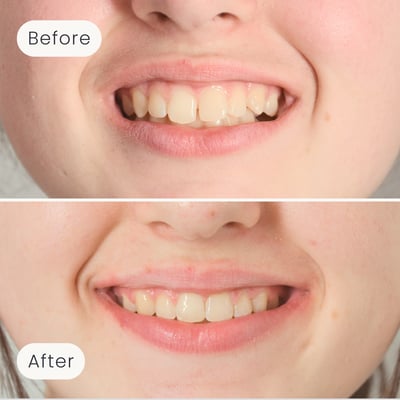
Time Taken After Procedure: At the end of the treatment period. The treatment period varies based on the case.
What is the Treatment Duration and Cost of Braces for Kids?
The duration of orthodontic treatment depends on the complexity of the dental issue and the amount of movement required to achieve the desired alignment. Treatment can range from a few months for straightforward cases to two to three years for more complex cases.
In Australia, the cost of treatment varies based on individual needs and treatment options chosen. Conventional braces typically start at AU$8,900 for both arches, while full Invisalign treatment starts at AU$9,400. It is recommended to schedule a consultation with an orthodontist for a personalised treatment plan and cost estimate.
What is the Age Suitability for Orthodontic Treatment for Kids?
Orthodontic treatment is suitable for people of all ages. While the typical age to start braces treatment is around 11 to 14 years when most permanent teeth have erupted, treatment can be initiated at any age. Many adults also seek orthodontic treatment to address issues that were not resolved during their younger years or due to teeth shifting over time.
Is There a Difference Between General Dentists vs. Specialist Orthodontists?
Some general dentists have obtained certification to provide Invisalign treatment. However, it is important to note that they are not specialists and are only qualified to treat with Invisalign, not other types of braces. For treatment with braces, it is recommended to see a specialist orthodontist. These professionals undergo three to four years of additional training in orthodontics, focusing solely on correcting the position of teeth. Seeing a specialist orthodontist ensures expert care and optimal treatment outcomes.
Is There Discomfort During Orthodontic Treatment?
It is normal to experience slight discomfort when braces are first fitted or when Invisalign aligners are applied. This discomfort is typically described as a feeling of pressure and is a sign that the teeth are gradually moving into their new positions. The discomfort usually subsides within a few days as the wearer becomes accustomed to the new tension. Over-the-counter pain management options can also help alleviate any discomfort if needed.
Benefits of Invisalign for Kids

Invisalign offers several advantages over conventional braces, making it a popular choice for kids and teenagers. The aligners are clear and virtually invisible, addressing the aesthetic concerns associated with metal braces. Invisalign aligners are also more comfortable and less bulky compared to traditional braces, as they do not require metal brackets and wires. Additionally, the aligners are removable, allowing for easy oral hygiene maintenance, eating, and participation in sports or special events.
Suitability for Invisalign Treatment
Invisalign can address a wide range of teeth straightening concerns, although there are some limitations. To determine suitability, contact your dentist at Mulgrave Dental Group for a consultation. During this appointment, a specialist orthodontist will assess the individual case and provide a comprehensive treatment plan, including a visualisation of the expected final outcome. The duration of Invisalign treatment varies depending on the complexity of the orthodontic needs, with an average treatment time of 12 to 18 months.
Oral Hygiene Tips for Kids With Braces
Maintaining excellent oral hygiene is crucial for children wearing braces. Proper care helps prevent plaque buildup and ensures the best treatment outcome. It is recommended to use a combination of toothbrushing, Superfloss™, and Pikster™ inter-dental brushes after snacks and meals. Superfloss™ helps clean between teeth and around the archwire, while Pikster™ brushes reach the back teeth effectively. Regular visits to the dentist or hygienist for professional hygiene therapy are also beneficial for maintaining oral health during orthodontic treatment.
Have More Questions About Orthodontics for Your Child?
By exploring the various braces options available for kids, parents can make informed decisions about their child's orthodontic journey. Whether choosing traditional metal braces, clear or ceramic braces, or Invisalign Teen, the goal is to achieve a healthy, beautiful smile that lasts a lifetime.
Consultation with a registered specialist orthodontist can provide personalised treatment plans and ensure the best possible outcomes for children undergoing orthodontic treatment.
At Mulgrave Dental Group, we’ve been the trusted family dentist in Mulgrave and the surrounding suburbs in Australia for over 40 years. We specialise in making dental visits fun, stress-free, and informative for both children and parents. Our gentle, experienced team is dedicated to providing a positive experience for your child, ensuring their teeth and gums stay healthy from the very start.
If you have any questions for your child, or for yourself, you can book an online appointment with us, or phone (03) 9562 5156.
Smile Makeover Client
Your Healthier Smile Awaits
Whether you're looking to improve your dental health or enhance your smile, we're here to help. Book an appointment with Mulgrave Dental Group today!
Book Now
